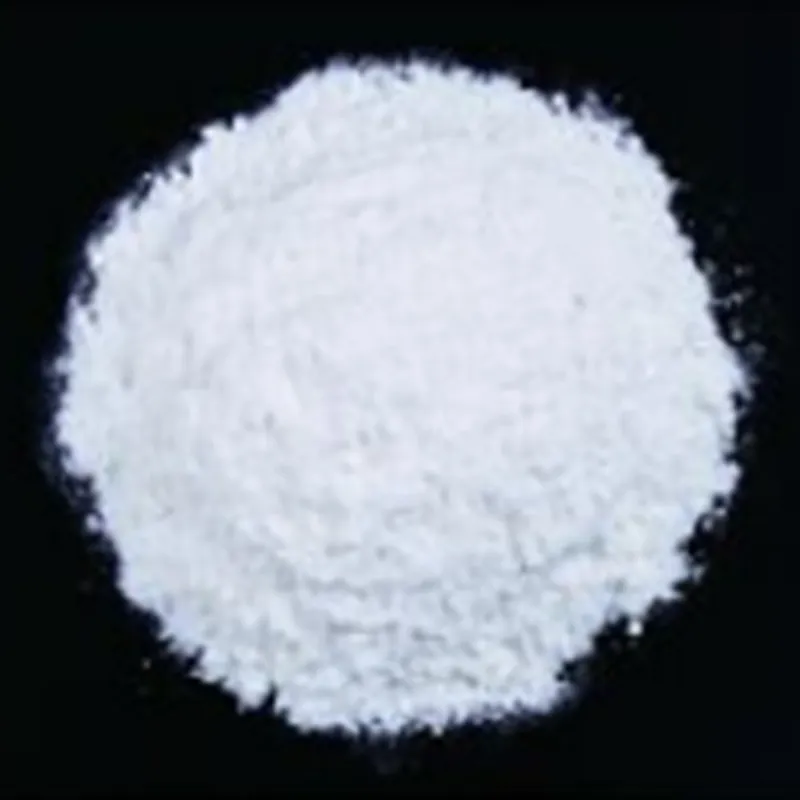
sweeteners 950 952 955
Understanding Sweeteners E950, E952, and E955
In recent years, the demand for sugar alternatives has surged significantly due to health concerns related to sugar consumption, such as obesity and diabetes. In this context, artificial sweeteners have gained popularity, with E950 (Acesulfame K), E952 (Cyclamate), and E955 (Sucralose) being among the most common options. This article aims to explore these sweeteners, their characteristics, and their implications for health.
E950 - Acesulfame K
Acesulfame K, or Acesulfame Potassium, is a calorie-free sweetener that is approximately 200 times sweeter than sucrose, the sugar we commonly use. It was discovered in the 1960s and has since been utilized widely in many food and beverage products, including diet sodas, candies, and baked goods. One of the key advantages of Acesulfame K is its stability at high temperatures, making it suitable for cooking and baking. It also has a unique ability to enhance and balance the sweetness of other sweeteners, leading manufacturers to combine it with various sugar substitutes. However, some studies have raised concerns about its long-term safety, although regulatory authorities, including the FDA and EFSA, have deemed it safe for consumption within established limits.
E952 - Cyclamate
sweeteners 950 952 955

Cyclamate is another artificial sweetener that is about 30 to 50 times sweeter than sugar. It was discovered in the 1930s and was once widely used in various food products. Unlike Acesulfame K, Cyclamate is not heat-stable, which limits its use in cooking. Its use was banned in the United States in the 1970s over concerns regarding potential carcinogenic effects, though it remains popular in several other countries. While studies have indicated that Cyclamate is safe for use within regulated doses, the controversy surrounding its safety continues to influence public perception and its availability in certain markets.
E955 - Sucralose
Sucralose is another widely recognized sweetener, known for being approximately 600 times sweeter than sugar. It is derived from sucrose through a process that replaces three hydrogen-oxygen groups with chlorine atoms. This structural modification makes Sucralose pass through the body without being metabolized, allowing it to be calorie-free. Sucralose is versatile and stable, making it suitable for a variety of applications, including baking and cooking. Regulatory bodies worldwide have endorsed Sucralose for safe consumption, and it is commonly found in many low-calorie and sugar-free products.
Conclusion
As consumers increasingly seek healthier dietary options, sweeteners like E950, E952, and E955 play essential roles in providing sweetness without the associated calories of sugar. While Acesulfame K and Sucralose are generally regarded as safe and are widely accepted, Cyclamate’s contentious history underscores the complexities surrounding food regulations and public safety perceptions. Ultimately, while these sweeteners offer benefits, moderation remains crucial. As research continues to evolve, it is essential for consumers to stay informed and make choices that align with their health goals.
-
Understanding Synthetic Rubber OptionsNewsApr.27,2025
-
Trichloroisocyanuric Acid: Essential for Clean and Safe WaterNewsApr.27,2025
-
Sodium Dichloroisocyanurate: Key to Safe Water TreatmentNewsApr.27,2025
-
Sodium Acid Pyrophosphate: Essential in Modern Food ProcessingNewsApr.27,2025
-
Essential Water Treatment ChemicalsNewsApr.27,2025
-
Denatured Alcohol and Its Industrial UsesNewsApr.27,2025
-
The Versatile Uses of Sodium BicarbonateNewsApr.24,2025
Hebei Tenger Chemical Technology Co., Ltd. focuses on the chemical industry and is committed to the export service of chemical raw materials.
-

view more DiethanolisopropanolamineIn the ever-growing field of chemical solutions, diethanolisopropanolamine (DEIPA) stands out as a versatile and important compound. Due to its unique chemical structure and properties, DEIPA is of interest to various industries including construction, personal care, and agriculture. -

view more TriisopropanolamineTriisopropanolamine (TIPA) alkanol amine substance, is a kind of alcohol amine compound with amino and alcohol hydroxyl, and because of its molecules contains both amino and hydroxyl. -

view more Tetramethyl Thiuram DisulfideTetramethyl thiuram disulfide, also known as TMTD, is a white to light-yellow powder with a distinct sulfur-like odor. It is soluble in organic solvents such as benzene, acetone, and ethyl acetate, making it highly versatile for use in different formulations. TMTD is known for its excellent vulcanization acceleration properties, which makes it a key ingredient in the production of rubber products. Additionally, it acts as an effective fungicide and bactericide, making it valuable in agricultural applications. Its high purity and stability ensure consistent performance, making it a preferred choice for manufacturers across various industries.











